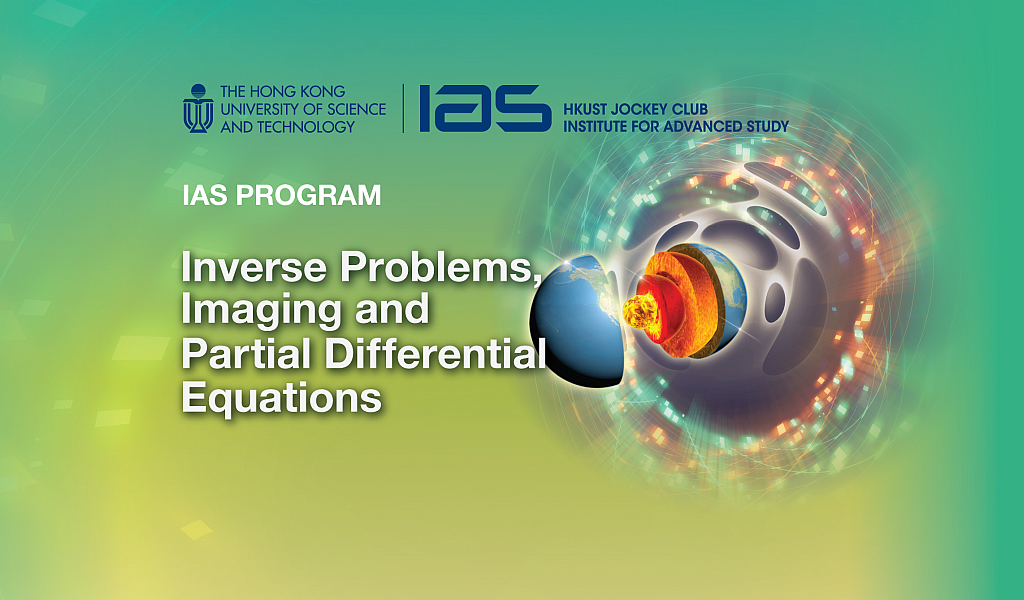Reflection Matrix Approaches for Imaging: From Ultrasound to Optics
Abstract
Noninvasive in vivo medical imaging with light or with ultrasound requires reflection-mode detection. As tissues are complex disordered media and contain random distribution of scatterers, these techniques suffer from various limitations such as distortion induced by aberrating layers as well as multiple scattering contributions. Multi-illumination strategy is the solution to these problems. The speaker will show that recording a time-gated reflection matrix can provide enough information on the properties of aberrating layers and on the level of multiple scattering. The speaker will show how to extract enough information from the coherence properties of this reflection matrix to compensate the effects of aberrating layers and to overcome the contribution of multiple scattering. Various strategies to measure this refection matrix will be discussed and their applications will be presented in ultrasonic imaging and in deep optical coherent tomography (OCT).
About the speaker
Prof. Mathias Fink received his PhD in Solid State Physics from the University of Paris in 1970. Then he moved to ultrasonic medical imaging and received his Doctorat és Sciences degree in Acoustics. He is currently a Professor at the École Supérieure de Physique et de Chimie Industrielles de la Ville de Paris (ESPCI ParisTech), where he founded in 1990 the Wave and Acoustics Laboratory that became in 2009 the Langevin Institute, where he formerly served as the Director. The Institute today brings together over 110 scientists engaged in research on waves and imaging.
Prof. Fink’s area of research is concerned with the propagation of waves in complex media and the development of numerous instruments based on this basic research. He pioneered the development of time-reversal mirrors and time reversal signal processing. He developed many of these concepts into applications like medical imaging, ultrasound therapy, telecommunications, seismic imaging and tactile objects. He also pioneered several innovative medical imaging methods – transient elastography, supersonic shear imaging and multi-wave imaging – that are now implemented by several companies. Four companies with close to 270 employees have been created from his research (Echosens, Sensitive Object, Supersonic Imagine and Time Reversal Communications). He holds more than 60 patents, and has published more than 350 peer reviewed papers.
Prof. Fink is a Member of the French Academy of Sciences and of the French Academy of Technologies. He was elected Chair of Technological Innovation at the College de France in 2008.
About the program
For more information, please refer to the program website at http://iasprogram.ust.hk/inverseproblems.



